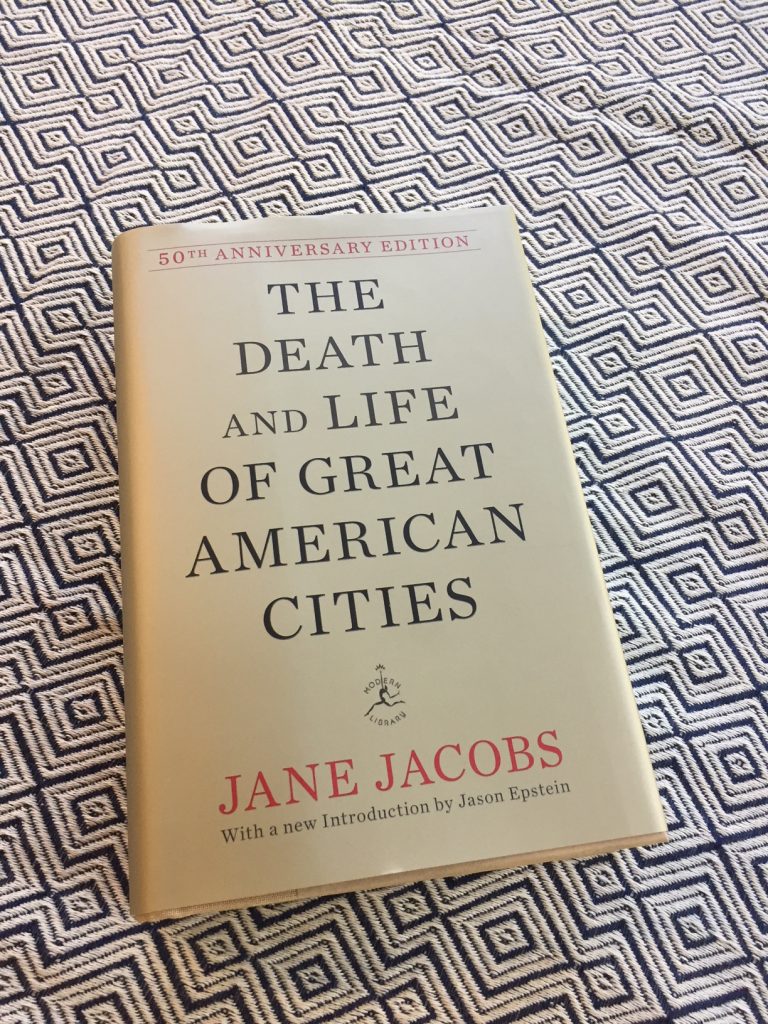
In this time of solemn reflection, and perhaps significantly more time to read than we might normally, one of the works I’ve turned to is a book I’ve long known about but never read. Thanks to Mrs. Green for remedying the latter, and to Ms. Jacobs for bringing the het-up light:
There is nothing economically or socially inevitable about either the decay of old cities or the fresh-minted decadence of the new unurban urbanization. On the contrary, no other aspect of our economy and society has been more purposefully manipulated for a full quarter of a century to achieve precisely what we are getting. Extraordinary governmental financial incentives have been required to achieve this degree of monotony, sterility, and vulgarity. Decades of preaching, writing and exhorting by experts have gone into convincing us and our legislators that mush like this must be good for us, as long as it comes bedded with grass.
Automobiles are often conveniently tagged as the villains responsible for the ills of cities and the disappointments and futilities of city planning. But the destructive effects of automobiles are much less a cause than a symptom of our incompetence at city building. Of course planners, including the highwaymen with fabulous sums of money and enormous power at their disposal, are at a loss to make cities and automobiles compatible with one another. They do not know what to do with automobile sin cities because they do not know how to plan for workable and viable cities anyhow – with or without automobiles.
That’s just from the introduction, but any two paragraphs pulled from the first 86 pages so far would be at least as insightful – originally published in 1958. Her majestic explanation of the importance of sidewalks to civilization is worth the fare alone.
Do yourself us all a favor and pick up those books you have kept around for a reason. Stay in, be well.
Image from the author’s kitchen table today.
Post title, with apologies to the late Mr. Silverstein.
